How to Get Rid of Wild Turnip in Your Lawn
Wild Turnip (Raphanus raphanistrum) may also be known as Wild Radish, and is closely related to cultivated radishes and cabbages. However, unlike the vegetables it goes to ...

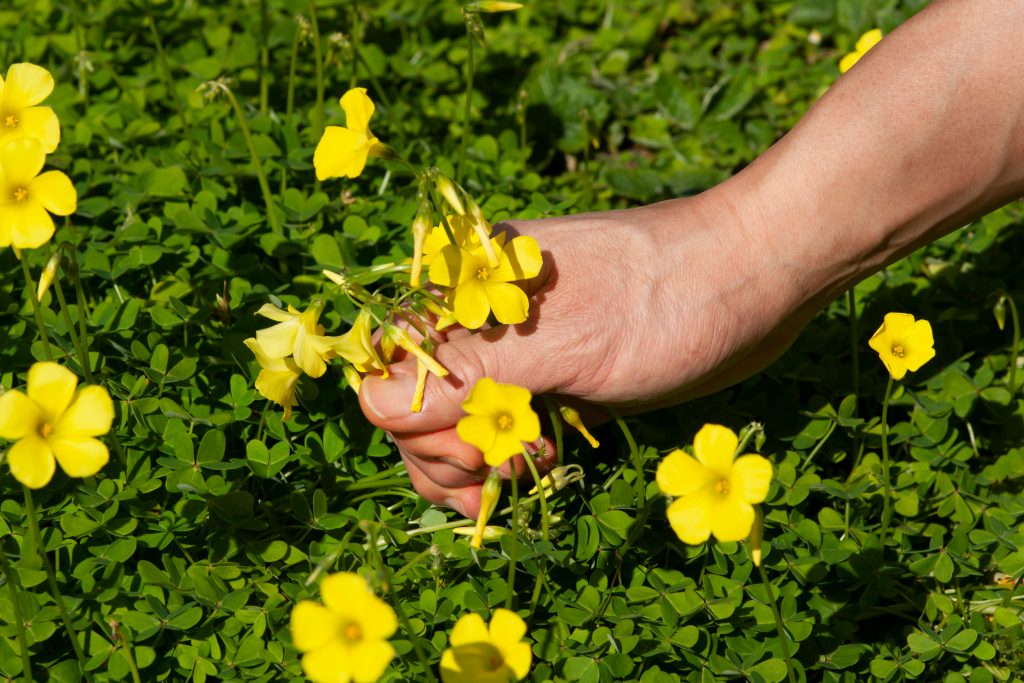 Weed control methods can be limited in some types of lawn.
Weed control methods can be limited in some types of lawn.
Soft Leaf Buffalo is more sensitive to a range of herbicides than other grasses, and new lawns are more vulnerable to damage than established lawns.
The best option for dealing with weeds in these scenarios is usually to manually remove them while they’re small. It might take up to 15 minutes every second day, depending on the size of your lawn, but this will save you a lot of time, energy and expense in the long run.
Read on for our tips for getting the best result when pulling weeds.
Get in early because small weeds have weaker roots, which makes it easier to pull them up.
Tackling small individual weeds stops them from competing with your lawn for water and nutrients and leaves a smaller area of disturbed soil available for other dormant weeds to make their home.
Don’t overlook weeds in garden beds or vegetable patches, which can quickly spread into your lawn if they’re allowed to flower and set seed.
Some weeds that only spread through seeds can be managed with regular mowing at the right height.
Other weeds that spread through runners or stolons aren’t affected by mowing.
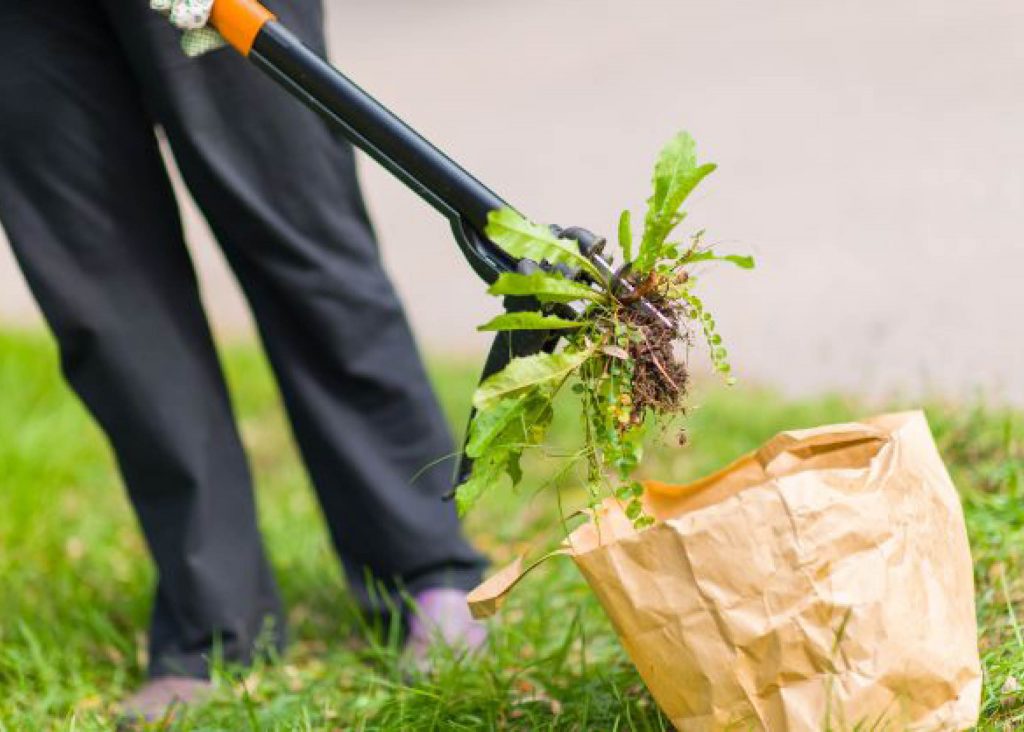 This is best done after rain or watering when the soil can be loosened with less effort using your hands, a spade, hoe or weeding tool such as a weed puller.
This is best done after rain or watering when the soil can be loosened with less effort using your hands, a spade, hoe or weeding tool such as a weed puller.
Some weeds shouldn’t be removed with a weed puller because they leave behind nuts, tubers or rhizomes that can spread underground and develop new plants.
This includes Nutgrass, Onion Weed and Soursob, which are best removed by using a spade. You can learn more about the pros and cons of using a weed puller here.
Once you’ve found the roots, use your fingers to tease the soil away and then pull the plant straight up with a single slow, smooth action. Roots are more likely to break off – and can regrow – if you tug plants in different directions or at an angle.
Don’t panic if you can’t get all the roots. Taking off the top of the plant can often be enough to delay flowering and seed set, giving you the chance to come back to it later.
If crouching or getting down on your hands and knees is too hard on your joints or back, try using a longer handled tool, such as a hoe or standing weed puller.
Once you’ve pulled up each weed, pop it into a waste bag or bucket to stop any seeds or rootlets from falling back into your lawn.
Weeds can go into the compost as long as the temperature can be maintained at 55 degrees Celsius or more for at least a week.
Always clean gloves and implements after weeding to prevent contamination when you move on to a different area of the garden.
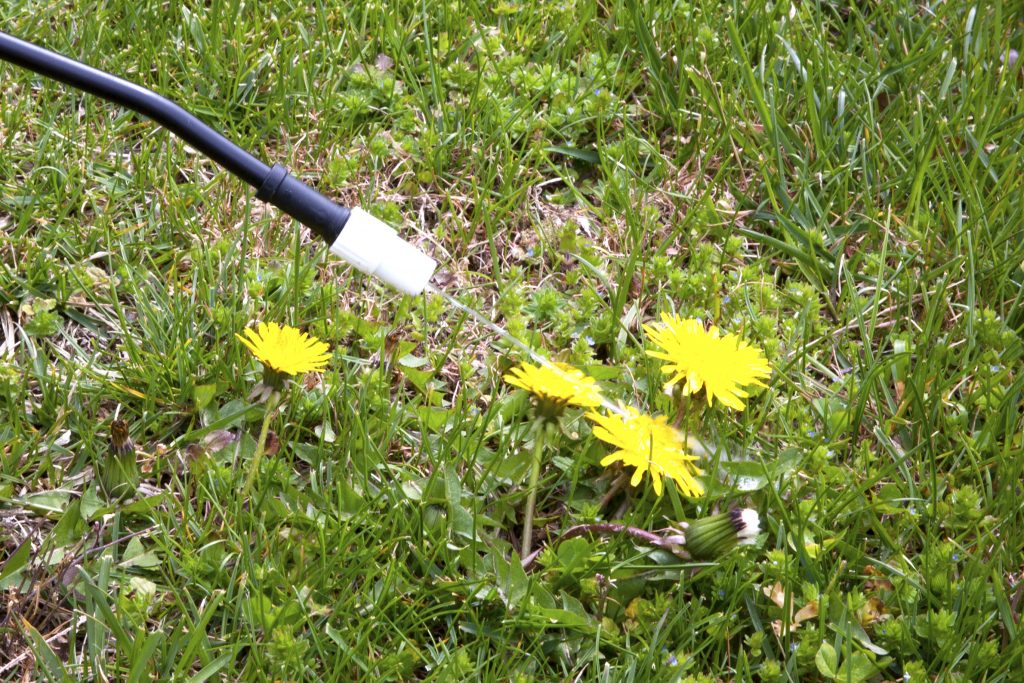 If there are too many weeds to pull up, it might become necessary to use a contact herbicide.
If there are too many weeds to pull up, it might become necessary to use a contact herbicide.
Make sure you identify the weeds to be targeted first, and always read the product label to check if it’s safe to use on your grass type and if it’s best applied using a sprayer or a weed wand. You can learn more about the pros and cons of using a weed wand here.
Once the weeds have turned brown and died, rake them up and dispose of them in the rubbish bin or by burning. Do not add them to compost, because traces of herbicide can cause stunting if added to garden soil.
You can learn more about removing weeds from your lawn here.
Digging up sections of your lawn will disturb dormant weed seeds and bring them up to the surface where they have access to the light, air and moisture they need to germinate.
The same goes for garden beds, and once weeds germinate there, they can easily spread into your lawn.
Tackling individual small weeds will reduce this risk.
If you’ve had a longstanding problem with a particular weed that comes up year after year, a granular or liquid pre-emergent herbicide might be useful.
Pre-emergents work by creating a barrier in the soil that lasts for about 12 weeks and can be reapplied. They can be effective on both Broadleaf and Grass Weeds.
Once a weed seed germinates, it grows into the barrier and dies before it can emerge above the surface.
Pre-emergent herbicides won’t kill existing weeds or sterilise weed seeds that are already present.
There’s information about removing specific weeds from your lawn here and a guide to using pre-emergent herbicides here.
There are several pre-emergent herbicides available in the myhomeTURF online shop.
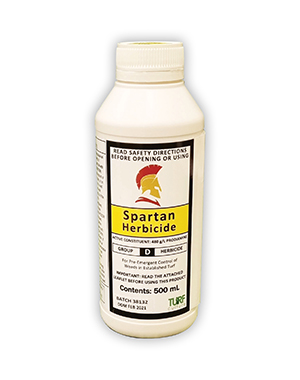
Turf Culture Spartan 500ml offers up to six months’ control of Crowsfoot Grass, Summer Grass, Winter Grass, Paspalum and other grassy weeds. It is suitable for use on established Zoysia, Kikuyu, Couch and Buffalo lawns.
SHOP NOW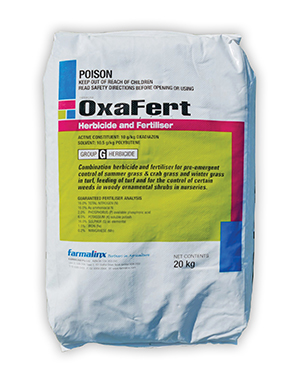
Farmalinx Oxafert 20kg is a combined fertiliser and pre-emergent herbicide that targets Summer Grass, Crowsfoot Grass, Winter Grass and broadleaf weeds such as Bindii, Wireweed and Creeping Oxalis. It is suitable for use on Zoysia, Kikuyu, Couch and Buffalo lawns, but should not be used on recently-laid turf.
SHOP NOW